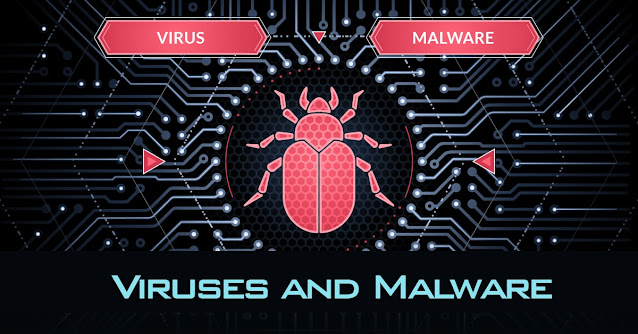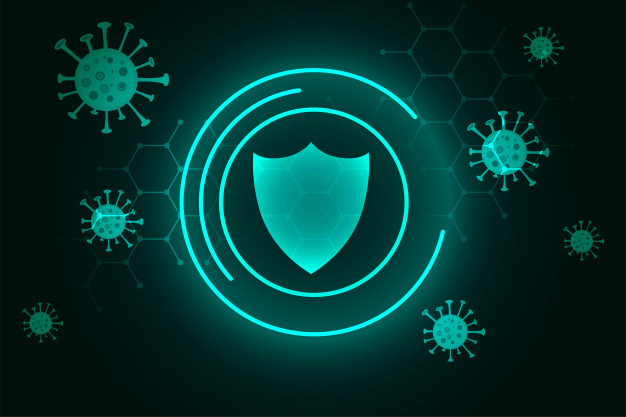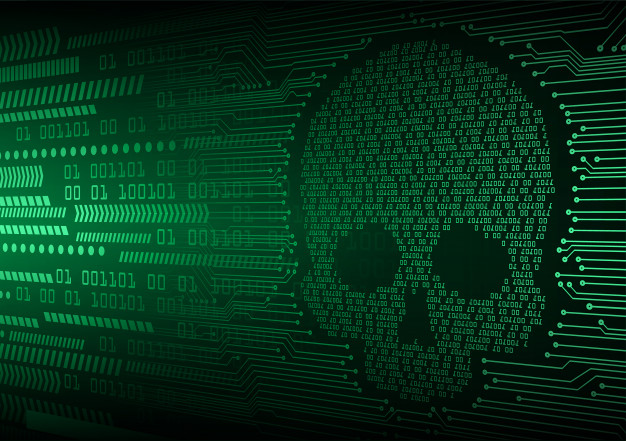How to Remove Ransomware From My Computer? Antivirus Software
How to Remove Ransomware From My Computer? Antivirus Software
In the event that notwithstanding all the precautionary measures required to stay away from it, you have still been tainted with ransomware, Panda Security can assist you with sanitizing it and recuperate all your information. Contact our specialized help, they will disclose to you how to recover control of your PC
The most ideal approach to battle ransomware isn't to turn into a casualty in any case.
Best practices are the same rules to follow as to avoid other viruses:
- Keep your operating system up to date to avoid security breaches
- Install a good antivirus and always keep it up to date
- Never open emails or files from unknown senders
- Avoid surfing unsecured pages or reading unverified content
- Always have an up-to-date backup of your data, this is the best way not to lose any information
So here are 5 steps to follow to avoid ransomware attacks.
Stage 1: Configure the programmed update of your working framework
The initial phase in keeping away from ransomware is to refresh your working framework. Anything associated with the web works much better when its working framework is exceptional. Innovation organizations like Microsoft and Apple consistently exploration and delivery fixes for "bugs" and security fixes for weaknesses in their frameworks. It's the wait-and-see game with regards to network protection. Cybercriminals search for "openings" and organizations put everything on the line to discover them first and fix them.
Clients are the way in to this game since they are a definitive gatekeepers of their working framework. On the off chance that it isn't modern, you can't exploit the most recent security fixes. What's more, your PC works better with a refreshed framework.
Design your working framework to refresh naturally and you will not need to make sure to do it once more. While Windows 10 naturally refreshes (you must choose between limited options), more seasoned renditions don't. Be that as it may, it's not difficult to set up programmed refreshes whether you're on a Mac or PC.
Stage 2: Take screen captures of your bank messages
Cybercriminals use Trojans or worms to taint your PC with ransomware. So staying away from them will assist you with staying away from ransomware. Worms and Trojans are frequently spread through phishing messages that stunt clients into opening email connections containing infections or tapping on connections to counterfeit sites that are considered genuine.
Perhaps the best tip for keeping away from phishing messages is to figure out how to remember them. Programmers send phishing messages that seem to come from banks, Mastercard organizations, or duty. They play on your feelings of trepidation and tensions by recommending that there are "issues with your record" or "dire activity is required". Who wouldn't be stressed perusing an email from their bank saying "your record is overdrawn"?
Cybercriminals utilize this dread to divert individuals from seeing certain indications of a phishing email, similar to incorrect spellings or regular points that cause dread.
Take screen captures of all real messages from your bank and different organizations dealing with your delicate data. Utilize these screen captures to contrast and future messages you get so you can spot phishing and stay away from ransomware.
Stage 3: bookmark the sites you visit the most
The following stage in your ransomware aversion measure is to bookmark the entirety of the most visited sites. As with phishing messages, cybercriminals construct sites that seem as though bank or charge card sites. At that point, they allure clients to tap on a connection and visit them. From that point, programmers either take your login certifications or contaminate your PC with malware.
Reconsider prior to visiting a site by clicking a connection in an email, remarks area, or private informing application. All things considered, bookmark your #1 sites and visit them through your program.
Stage 4: Back up your information to the cloud and hard drive
This progression is self-evident. The ransomware works in the event that you just have one duplicate of your information. On the off chance that it is unrecoverable, the programmers enjoy the upper hand over you, while on the off chance that you have numerous duplicates they lose their control over you.
Back up your information to a cloud administration and to a hard drive. This way you have a duplicate accessible any place you have web access and an actually open duplicate consistently. Both of these kinds of capacity are generally reasonable and will prove to be useful in the event that you become an objective of ransomware.
In the wake of sponsorship up your information, set up a timetable to stay up with the latest. In the event that you haven't supported up your information for a half year, you're presumably similarly as powerless against ransomware assaults as though you don't have a reinforcement by any means.
Stage 5: Install an antivirus
Congrats! You have arrived at the last advance. Ransomware is continually advancing, as programmers foster new, more hazardous strains. For clients, the deterrent advances are awesome, however except if you download antivirus software and introduce far reaching network safety programming, your information stays defenseless against programmers.
Here's the takeaway: Ransomware is a bad dream.
When programmers scramble your information, the odds of recuperating it are thin… if not zero. The narrative of a ransomware assault doesn't have a cheerful consummation in Hollywood. It will leave you with tears in your eyes ... only for some unacceptable reasons...readmore




Comments
Post a Comment